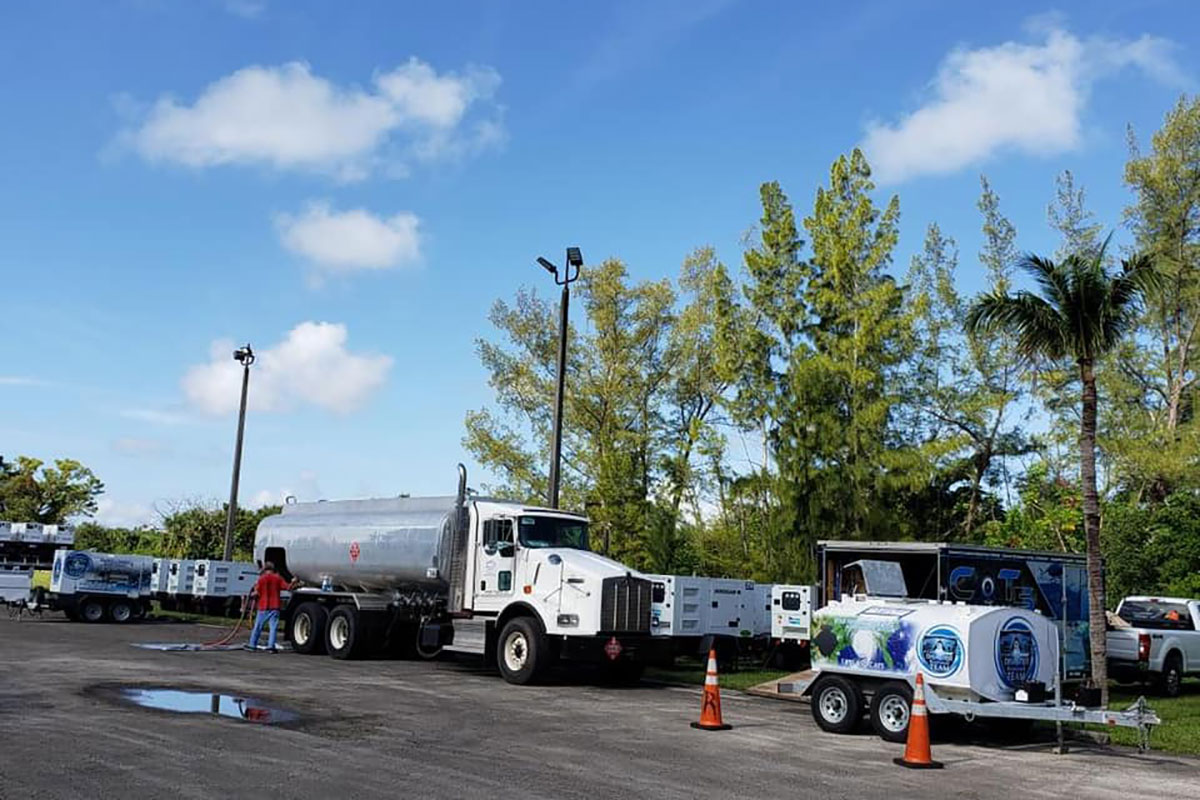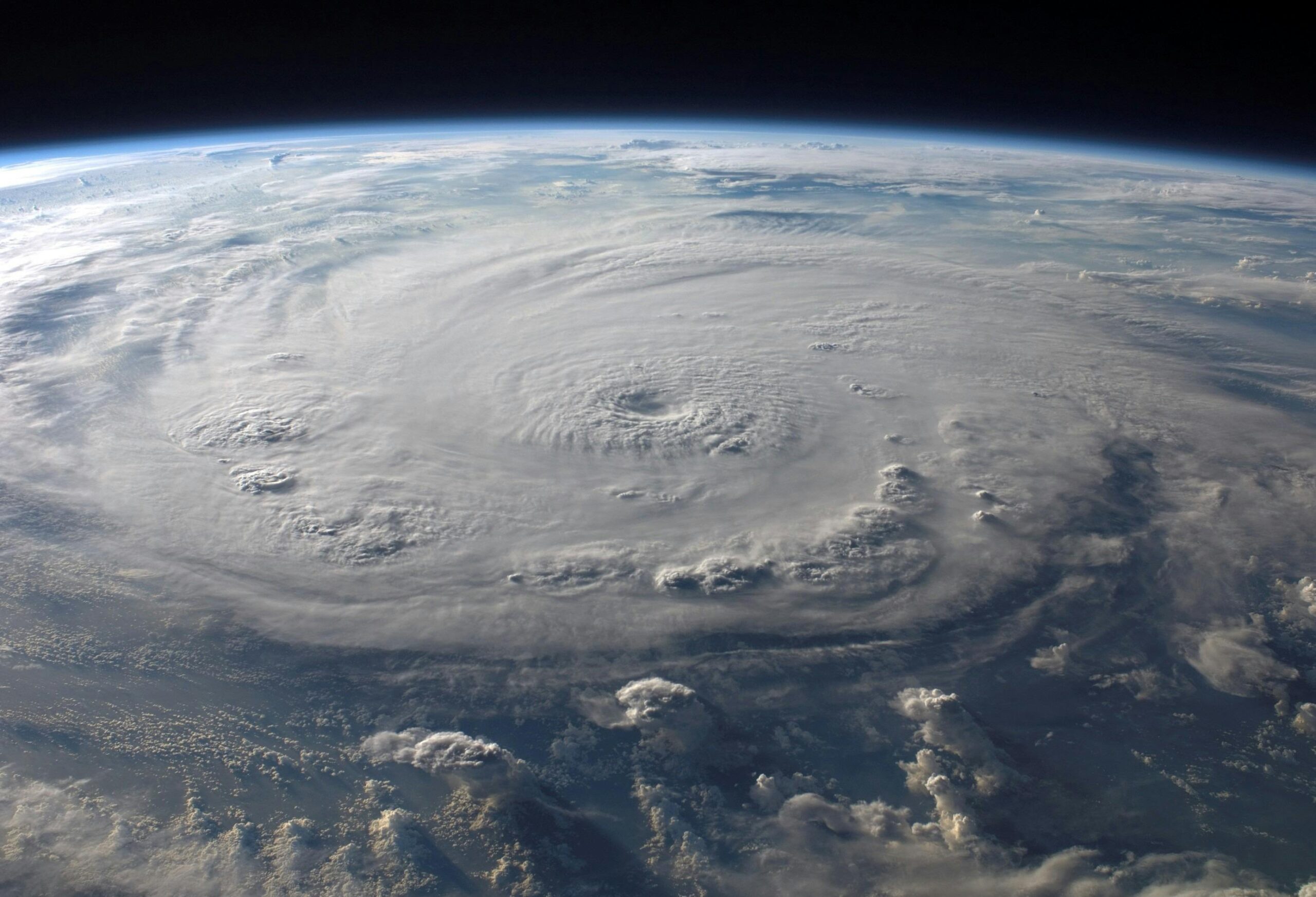August isn’t just another month on the calendar—it’s the heart of hurricane season. Every year, we see the same pattern: storms develop faster, change course without warning, and bring more severe impacts than predicted. That’s why we don’t just “react” to hurricanes—we prepare for them long before the first wind gusts hit your site.
Planning & Pre-Positioning
Our work starts well before a storm ever forms. We study high-risk zones, analyze historical storm paths, and track developing systems so we can position portable generators and secure fuel staging points in advance. By having equipment and fuel in place ahead of time, we can act immediately when conditions start to deteriorate.
Equipment Inspection & Testing
Preparation is nothing without reliability. Our teams perform full backup power checks—testing generators under load, making sure fuel delivery systems are primed and ready, and inspecting electrical connections to confirm they’ll hold up under storm conditions. The goal is simple: when utility power goes down, your site transitions seamlessly to back up without a hitch.

Client-Specific Planning
No two sites have the same vulnerabilities. Some need additional fuel reserves, while others require alternative access routes in case of flooding or debris. We work directly with you to review your existing hurricane plan, identify weak points, and adapt it for the current season’s risks.
Logistics & Access Coordination
Blocked roads and flooded routes can make reaching critical sites a challenge. We coordinate with local authorities to pre-arrange site access, secure any required passes, and plan multiple routing options. This preparation allows our crews to respond faster when every minute matters.
Proven Results
Our proactive approach has kept clients powered through some of the most challenging storms in recent years. By acting early—before the winds rise and the rain starts—we’ve been able to minimize downtime, protect essential infrastructure, and keep critical operations running until utility power is restored.

